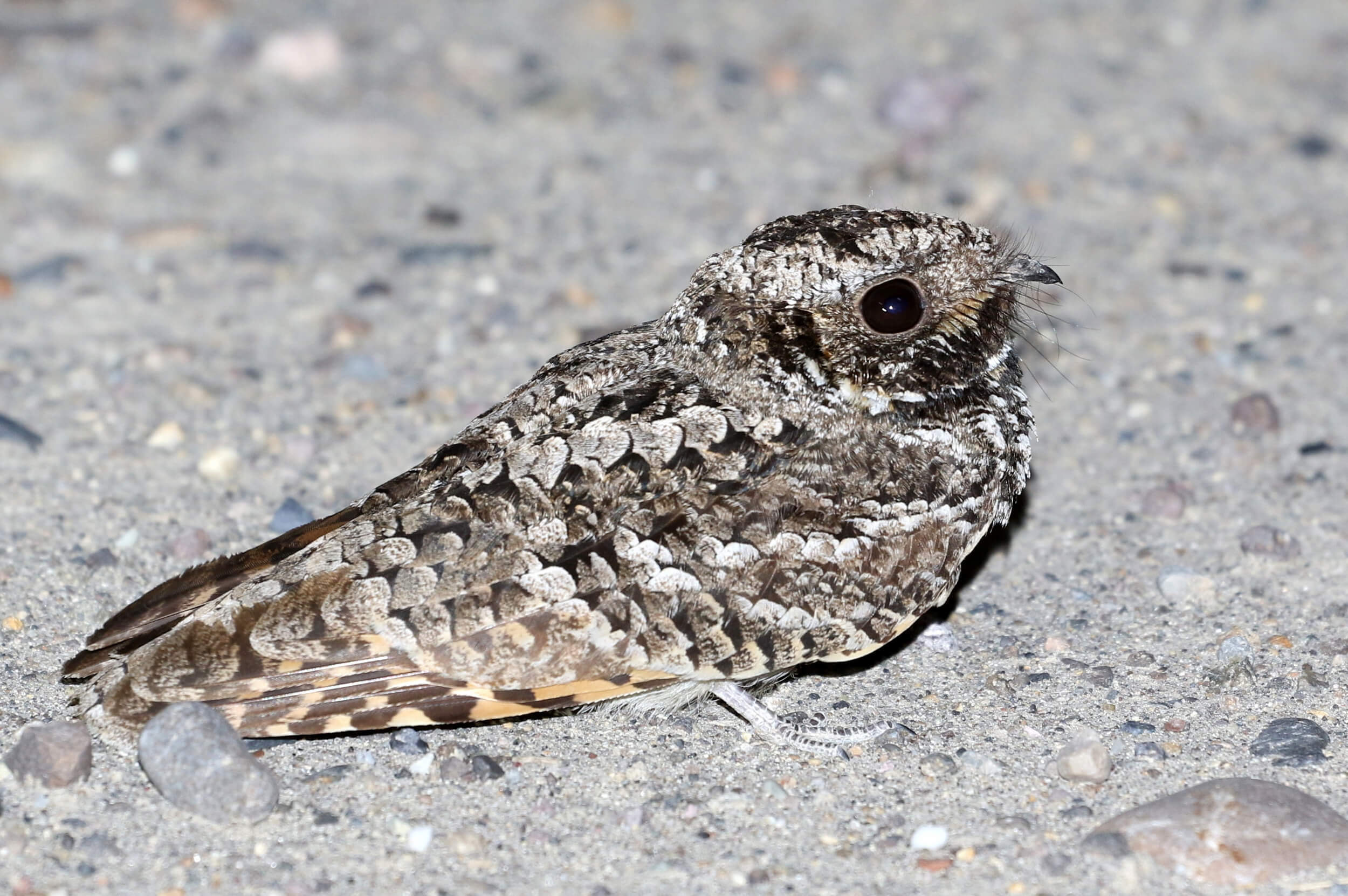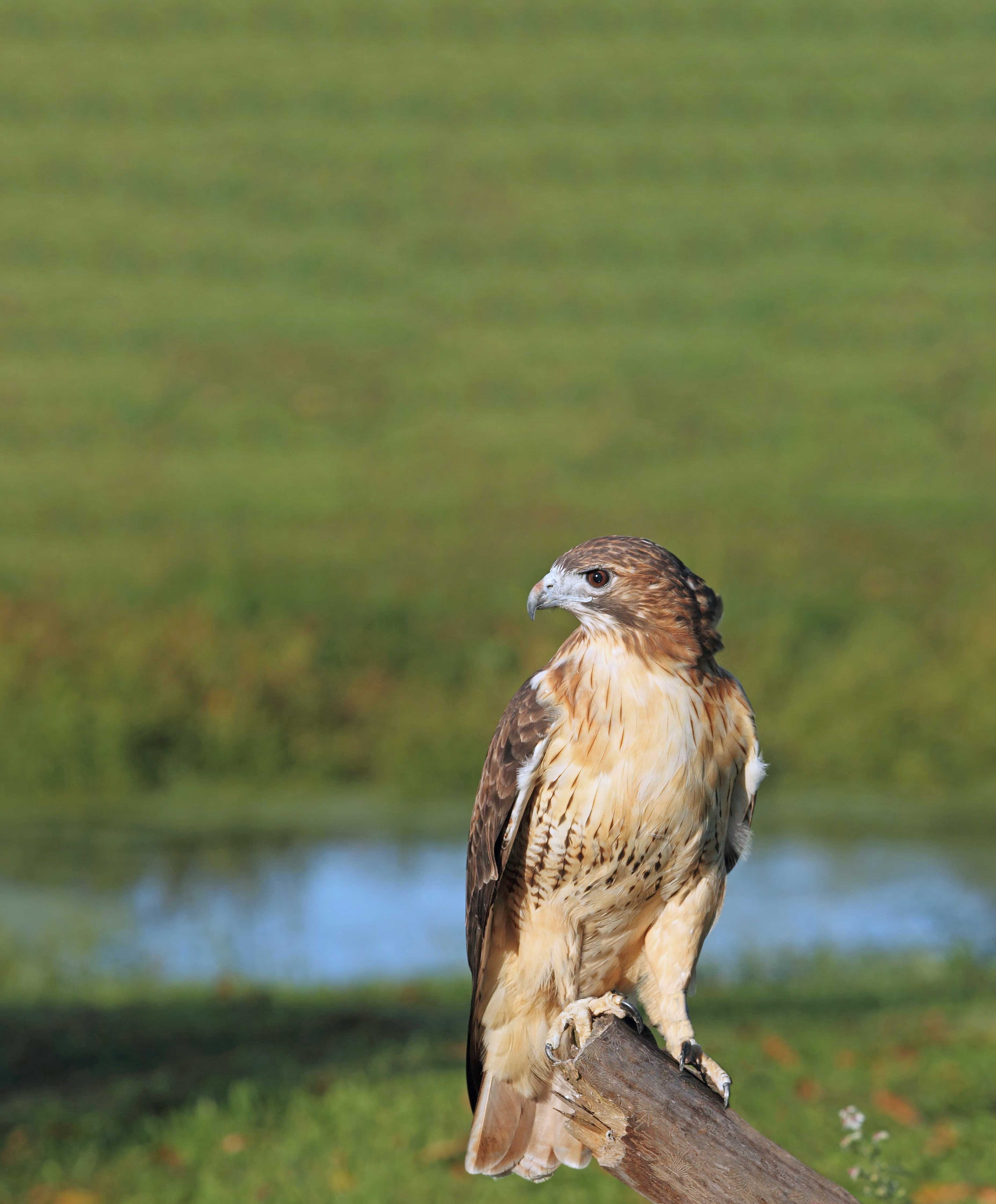Raptors can be found throughout Nevada, whether you are in a big city or out in our wildland spaces, chances are there is a raptor somewhere close to you! Raptors are a group of birds that feed on live prey or carrion. Owls, eagles, hawks, osprey, falcons, kites, and vultures are groups of raptors that can be found in Nevada. Most raptors use their strong feet, sharp talons, and agility in flight to catch their prey. Many raptor species are well adapted to urban life such as Great Horned Owls, Red-tailed Hawks, Peregrine Falcons, Cooper’s Hawks, and even Burrowing Owls! There are plenty of ways that we can live with these amazing creatures!
What if I find a raptor in my yard?
All species of raptors in Nevada are protected under the Migratory Bird Treaty Act and Nevada state law. It is illegal to pursue, hunt, shoot, wound, kill, trap, capture, possess, or transport any migratory bird, including its feathers, eggs, or nest. Golden Eagles and Bald Eagles are further protected under the Bald and Golden Eagle Protection Act, a statute that carries more severe penalties for violations.
If you are lucky enough to have a raptor visit your yard, it is unlikely that you will observe aggressive behavior unless they feel threatened. Many raptors prey on animals like rats, mice, and snakes so they can offer you free pest control! Other raptors prey on songbirds. If you have a bird feeder and are finding songbird predation by raptors to be an issue, remove your bird feeders or place them in a space that is covered to hide songbirds on your feeder from overhead predators.
How can I protect my pets and animals from raptors?
Despite popular belief, it is extremely unlikely that a raptor will carry off your pet dog or cat. With the exception of the Great Horned Owl, raptors cannot fly while carrying more than their body weight which, in most cases, is under 3lbs. When a raptor attacks a pet, it is more likely defending a nearby nesting area rather than seeking food. Read our section on “What if a raptor decides to nest in my yard?” to learn more about this behavior and how to avoid it.
Although rare, there have been reports of Great Horned Owls taking unattended puppies and small cats and kittens under 10lbs. If you have small pets or livestock, there are some simple steps you can take to protect them:
- Keep puppies and kittens inside or supervise them when outside if a raptor is present.
- Put protective pet vests on your small pets while outside.
- Scarecrows can be effective if moved regularly around your yard.
- Modify your habitat so there are less desirable areas for a raptor to perch.
- Keep domestic livestock, like chickens and ducks, in an enclosed coop at night and offer a covered structure for them during the day.
What if a raptor decides to nest in my yard?
If you have tall trees, bird feeders, and shrubs with good cover for rodents near your property, then you have a desirable area for raptors to raise their families. Aside from offering an amazing opportunity to observe the life cycle of a raptor, a nest in your yard may also expose you to the protective and aggressive behavior some raptors display if they feel threatened. Raptors defending their young and their nests have the potential to become aggressive towards animals many times their size, including humans. Keeping a safe and respectful distance from nests will keep you, your pets, the raptors, and their chicks safe.
Northern Mockingbirds and several species of raptors are the more common culprits known to ‘dive bomb’ intruders that get too close to their nesting site. This behavior typically consists of swift, lunging movements toward the intruder with their wings or talons. Direct contact is rarely made, but the movements by these birds can be persistent and startling. When possible, keep yourself and your pets away from the nesting area until the young are ready to fly (three to four weeks after eggs hatch) and the parents are no longer so protective. If you must walk past the nest, wave your arms slowly overhead to keep the birds at a distance, or consider carrying an umbrella.
Under the Migratory Bird Treaty Act, raptors and their active nests are protected. Nests with eggs or young present cannot be moved without the proper permits from the US Fish and Wildlife Service and NDOW. To prevent raptors from nesting in your yard, keep trees trimmed to limit nesting sites, and remove any empty nests to discourage raptors from returning during the next nesting season.
What if I find an injured raptor?
Sometimes raptors get sick or get injured. Collisions with cars and power lines are not uncommon. If you see a raptor that appears to be injured, observe its behavior for a few minutes, note the exact location, and take a picture if you can. Raptors will sometimes stand on the ground to rest after eating, or young raptors that have just left the nest (fledglings) may spend weeks hopping on the ground before they are fully capable of flight. Both of these behaviors are normal and are no cause for alarm. If you are witnessing behavior that is abnormal, or you are unsure, contact NDOW to help determine if the bird needs help. Please do not attempt to feed or provide water to an injured raptor – in some cases, this can lead to more harm than good.

Common poorwills are often mistaken for injured owls because they are typically found lying on the ground, day or night, as if in distress. They are speckled gray and brown in color and have whisker-like feathers around a very small beak, black eyes, and a large mouth for scooping up insects on the wing. They are primarily active at dusk and night.
In the colder months, the Common Poorwill enters a hibernation-like state, called torpor, where it slows its body functions to conserve energy and heat. The bird’s heart rate, breathing, and body temperature all slow down and will stay like that for hours, sometimes even weeks. Should you encounter a bird in this state, it should be left alone. If it is in an area with nearby hazards, a simple nudge with an object or loud noises can wake it from its slumber and encourage it to move elsewhere.
If one has been picked up by mistake, ideally it should be returned to a safe area, placed in shade away from foot traffic, and released.

